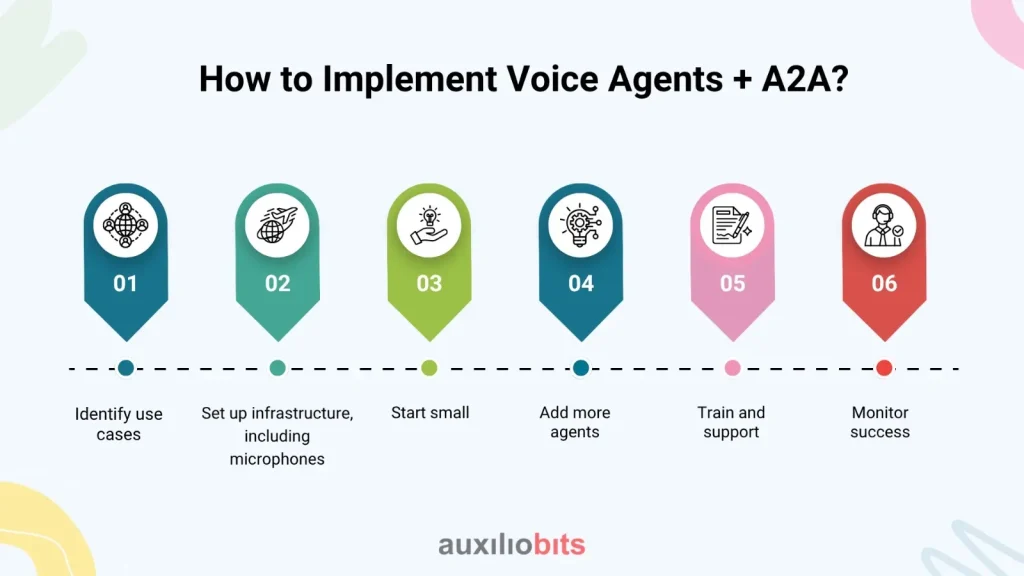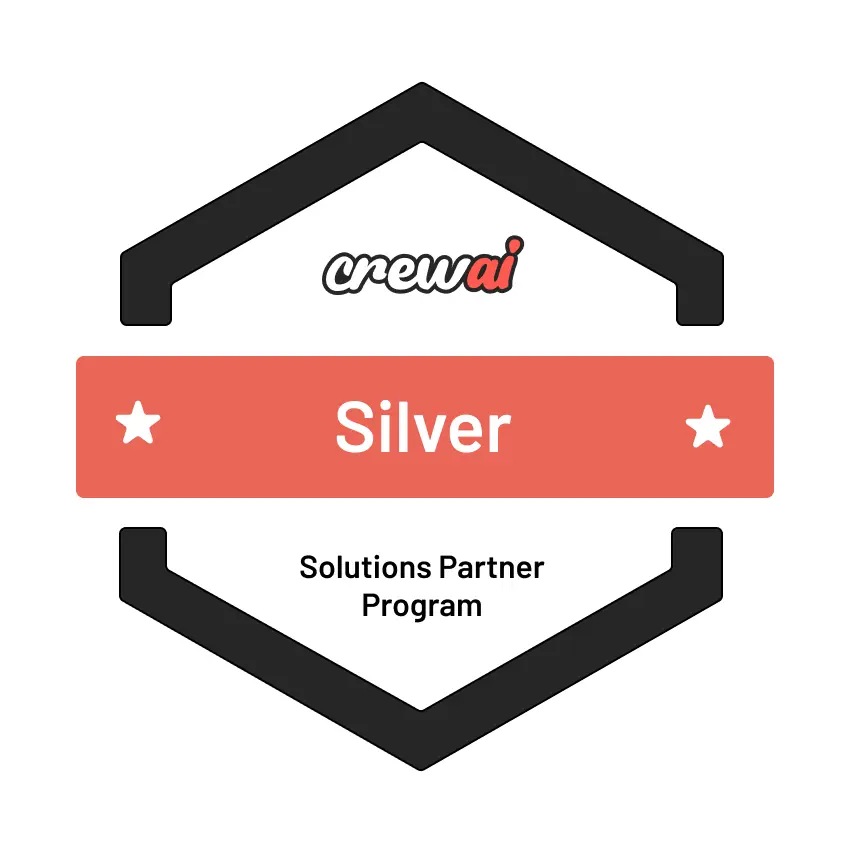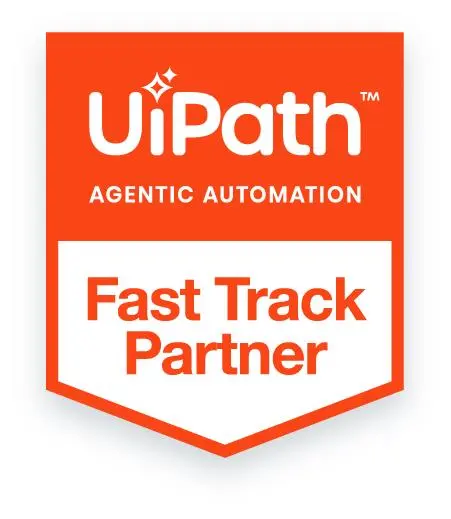
Key Takeaways
- Voice-enabled AI agents reduce documentation time, allowing doctors to focus more on patient interaction and less on computer tasks during clinical workflows.
- The A2A Protocol enables seamless communication between multiple agents, facilitating the secure and efficient automation of tasks such as scheduling, prescriptions, and documentation.
- Hospitals using voice agents with A2A integration report better note quality, reduced burnout, and measurable ROI through faster workflows and higher patient throughput.
- Implementing voice agents is straightforward—starting small, training staff, connecting agents via A2A, and scaling across departments ensures sustainable long-term benefits.
- Patient privacy remains protected through end-to-end encryption, secure APIs, and limited data sharing—all aligned with HIPAA and GDPR requirements.
Doctors today spend more time on computers than with patients. Most of their work hours go into typing notes, updating charts, and navigating Electronic Health Records (EHRs). This is frustrating for clinicians and leads to burnout. On average, physicians click thousands of times each day just to complete routine documentation.Voice-enabled AI agents can change this. They listen to the doctor, understand what is said, and carry out tasks automatically, such as creating notes, ordering tests, or setting reminders. These agents can also communicate with other software agents through the A2A Protocol, a standard protocol that enables digital helpers to collaborate without human intervention. The result? Fewer clicks, more face-to-face time with patients, and better healthcare delivery.
Also read: Agentic AI in Community Health: Automating Admin Work for Patient Impact
The Problem: Click Fatigue in Healthcare
Doctors use Electronic Health Records for everything—notes, orders, referrals, billing, and more. But using these systems isn’t quick or easy. They often have:
- Complicated screens
- Long drop-down menus
- Slow loading times
All of this leads to what we call “click fatigue.” For example, a family doctor may make over 4,000 clicks per day. This takes away valuable time from listening to and caring for patients.
Consequences include:
- Burnout: Clerical tasks are now one of the biggest causes.
- Longer working hours: Doctors often stay late or work from home to complete their charting.
- Poorer patient experience: Eye contact and empathy drop when doctors are focused on a screen.
What Is a Voice-Enabled AI Agent?
A voice-enabled AI agent is a tool that listens and acts. It allows doctors to speak naturally and utilizes AI to understand their intentions. For example, the doctor might say:
“Add 500 mg of Metformin twice a day to the medication list.”
The AI agent then updates the EHR accordingly.
These agents include five major parts:
- Microphone + Voice Trigger—The system listens passively until the doctor says a wake word.
- Speech-to-Text Engine—Converts spoken words into written text.
- Language Understanding Model—Detects the doctor’s intention (e.g., create notes, schedule test).
- Action Engine—Takes action, like filling out forms or placing orders.
- A2A Protocol Connector—Passes tasks to other specialized agents (like billing or coding agents) using a common communication standard.
The Role of the A2A Protocol
Let’s say a doctor tells the agent, “Schedule a follow-up visit in three weeks and send a prescription to CVS.”
This task is too much for one agent alone. The voice agent needs to:
- Contact the scheduling agent to schedule a time slot.
- Contact the prescription agent to place orders.
The A2A Protocol makes this possible. It is a set of rules that agents use to send and receive tasks in a secure and structured manner. Agents using A2A can:
- Share information (like patient name or diagnosis)
- Pass tasks back and forth
- Track progress and report status
This removes the need for custom code between every system. It’s like all agents learning to speak a common language.
Example Workflow: Voice to EHR
Here’s a typical example:
- Doctor says, “Start a note for Mr. Sharma. Diagnosed with Type 2 Diabetes. Start Metformin. Schedule a dietitian consult.”
- Voice Agent: Wakes up and records the conversation.
- ASR Engine: Transcribes the voice into text.
- Language Model: Understands what needs to happen—diagnosis, medication, and referral.
- A2A Protocol:
- Sends task to the documentation agent (creates a note)
- Sends task to prescription agent (adds medication)
- Sends task to scheduling agent (books appointment)
- The doctor confirms, “Looks good, sign and send.”
All this happens in under a minute, with no clicks required.
System Architecture
Let’s break down how this works behind the scenes:

- The Voice Agent captures speech and converts it to structured tasks.
- The A2A Bus sends those tasks to the right agents.
- Each Specialist Agent completes its part and updates the EHR.
This modular setup means hospitals don’t need to replace existing software—they just add intelligent layers.
Real-World Results
Here’s how some hospitals and tools have benefited:
| Tool | Time Saved per Note | Burnout Reduction | Additional Benefits |
| Nuance DAX | 7-10 minutes | 70% reduction | 5 extra patients/day |
| Suki | 41%-72% less time | 63% report less stress | 9x ROI in Year 1 |
| DAX Copilot | 20% less after-hours work | Happier patients | Improved note quality |
Doctors can save 1–2 hours every day. Clinics can see more patients and improve staff retention.
How to Implement Voice Agents + A2A?
Step-by-step approach:

- Identify use cases – Start with areas that require extensive documentation (e.g., general medicine, pediatrics).
- Set up infrastructure, including microphones, secure cloud systems, and a basic agent bus.
- Start small – Pilot with five doctors. Measure clicks, time per note, and satisfaction.
- Add more agents – Utilize the A2A Protocol to connect additional agents (e.g., billing, labs, follow-ups).
- Train and support – Help doctors become accustomed to speaking naturally with the system.
- Monitor success – Track improvements monthly (time saved, notes done, burnout).
Security & Compliance
Voice and medical data are highly sensitive. Hospitals must be cautious.
With the A2A Protocol, data is:
- Encrypted end-to-end
- Authenticated using secure certificates
- Auditable with logs that track all agent activity
Best practices:
- Do not store raw audio.
- Only send the minimum data needed.
- Obtain consent from patients when their voice is recorded.
All of this helps ensure compliance with HIPAA and GDPR.
More Than Notes: Building an Agent Team
With the A2A Protocol, one voice agent can connect with many others. Here’s what becomes possible:
- “Request pre-approval for MRI.” → Prior auth agent handles paperwork.
- “Add this to the medication list.” → Pharmacy agent checks for drug interactions.
- “Fax the referral letter.” → The communication agent sends documents.
- “Summarize the last three visits.” → The analytics agent prepares a report.
Each agent focuses on one task. But together, they build a strong, innovative team, ready to work around the doctor.
What’s Next: The Future of Voice + A2A
Experts predict that by 2026, most outpatient visits will use voice agents. Over time, we will see:
- Real-time coaching—Agents suggest best practices during exams.
- Proactive reminders: “Patient due for flu shot.”
- Agent dashboards—Managers track agent performance, delays, and completion rates.
Hospitals that adopt early will gain an edge—faster notes, happier staff, and better patient outcomes.
Conclusion
Doctors didn’t train for years to spend their time clicking boxes. Voice-enabled AI agents—powered by the A2A Protocol—let them focus on what matters: talking to patients, making informed decisions, and delivering care.
These tools are real, safe, and already saving hours each day. With smart rollout and a secure foundation, every hospital can build a network of agents that makes healthcare work better for both doctors and patients.
It’s time to listen to our doctors. And let them speak freely, while AI handles the rest.








